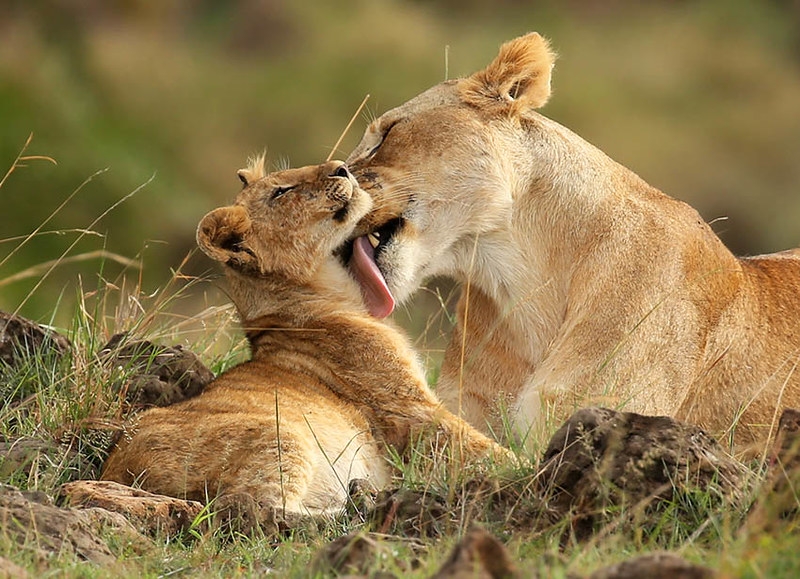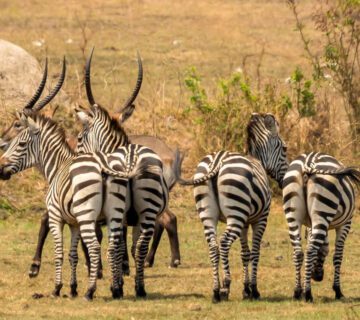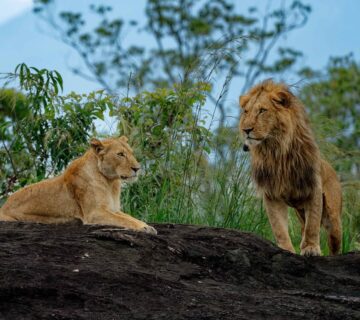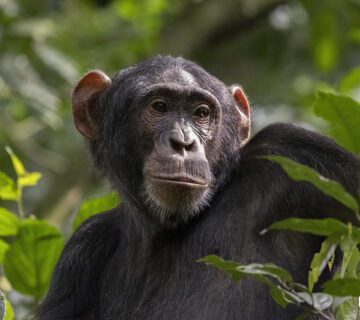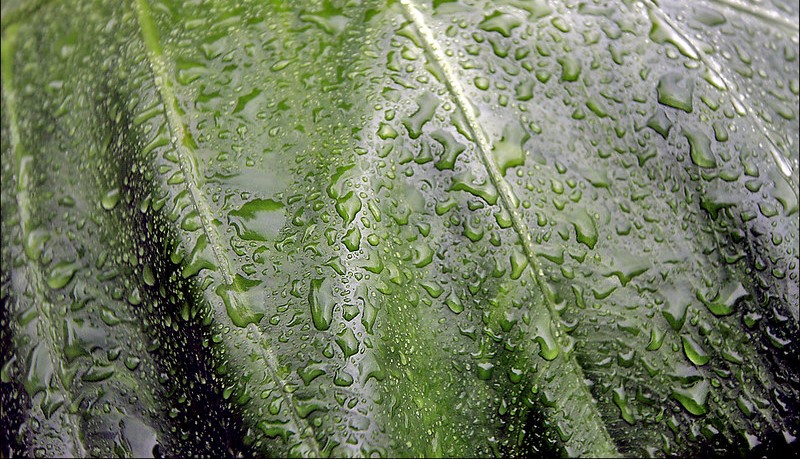Safari photography in Kenya offers an unparalleled opportunity to capture the beauty of Africa’s wildlife and landscapes. Whether you’re a novice photographer or an experienced enthusiast, Kenya’s diverse ecosystems and abundant wildlife present endless possibilities for stunning photographs. Here’s how you can make the most of your safari photography experience.
Choose the Right Equipment
Before embarking on your safari, ensure you have the right gear.
Camera, A DSLR or mirrorless camera with a telephoto lens (70-200mm or longer) is ideal for capturing wildlife from a distance.
Lenses, Pack a variety of lenses for different types of shots, including wide-angle for landscapes and macro for details.
Accessories, Bring extra batteries, memory cards, lens cleaning kits, and a sturdy tripod for stability.
Master the Basics of Wildlife Photography
Understanding the fundamentals of wildlife photography is crucial.
Patience and observation. Wildlife can be unpredictable, so take time to observe animal behavior and anticipate moments.
Composition, Use the rule of thirds, leading lines, and framing to create visually appealing compositions.
Lighting, Early morning and late afternoon offer the best natural light (golden hour) for soft, warm tones and long shadows.
Plan Your Safari Itinerary
Choose destinations and seasons that optimize photographic opportunities.
Visit Kenya’s iconic safari destinations like Maasai Mara, Amboseli, and Tsavo, which are renowned for their wildlife density and picturesque landscapes.
Visiting during the Great Wildebeest Migration, which takes place from July to October. You will experience dramatic river crossings and predator-prey interactions.
During the off-season, you won’t encounter crowds during your safari, thus having unique wildlife behaviors.
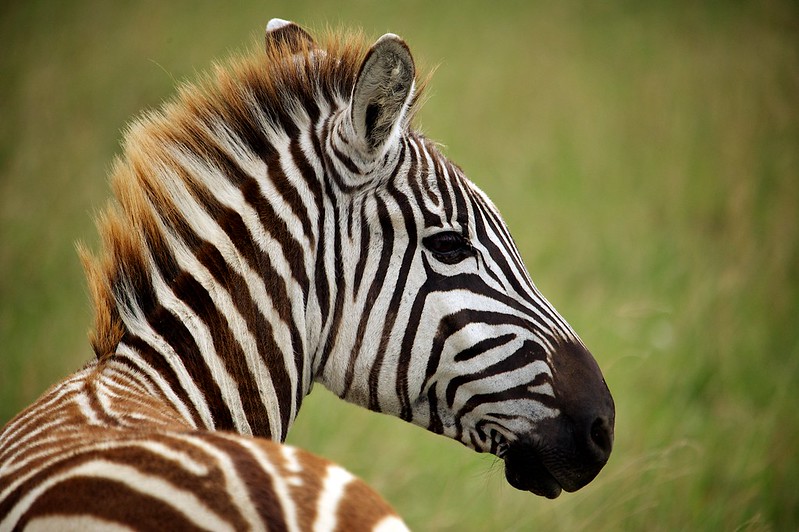 Capture Authentic Moments
Capture Authentic Moments
Focus on telling a story through your photographs.
Behavior Shots, Capture interactions between animals, such as a lioness teaching her cubs to hunt or elephants bathing.
Environmental Portraits, Frame animals within their natural habitat to showcase their relationship with the landscape.
Close-Ups, Use a telephoto lens to capture details like the texture of an animal’s fur or the intensity in its eyes.
Respect Wildlife and Environment
Practice responsible photography and ethical behavior, Keep a Safe Distance Respect wildlife’s space and avoid disrupting natural behaviors for the sake of a photograph.
Leave No Trace Minimize your impact by following park regulations and disposing of waste properly.
Support Conservation Choose lodges and tour operators that prioritize conservation efforts and sustainable tourism practices.
Safari photography in Kenya is a rewarding adventure that requires preparation, patience, and respect for wildlife. By choosing the right equipment, mastering photography techniques, planning your itinerary strategically, capturing authentic moments, and practicing ethical behavior, you can create stunning images that not only document your safari experience but also convey the beauty and diversity of Kenya’s wildlife and landscapes.
Whether you’re capturing the majesty of a lioness on the hunt or the tranquility of a herd of elephants against the backdrop of Mount Kilimanjaro, Kenya offers endless opportunities for unforgettable safari photography. Embrace the thrill of the chase, immerse yourself in nature, and let your photographs tell the story of your safari adventure in this remarkable corner of the world.
Book your Kenya wildlife photography safari now.
Error: Contact form not found.
This guide should help you get started on capturing stunning photographs while on a safari in Kenya

